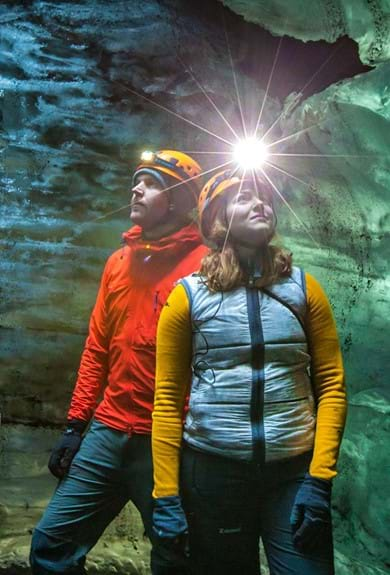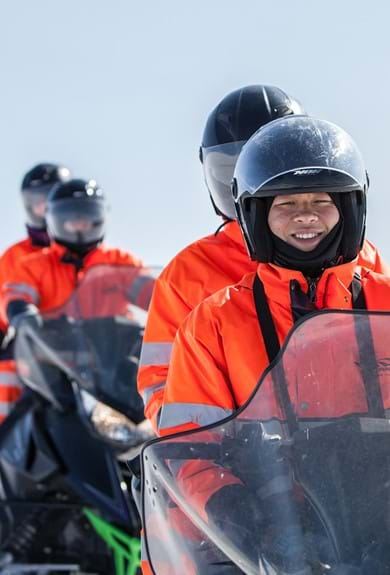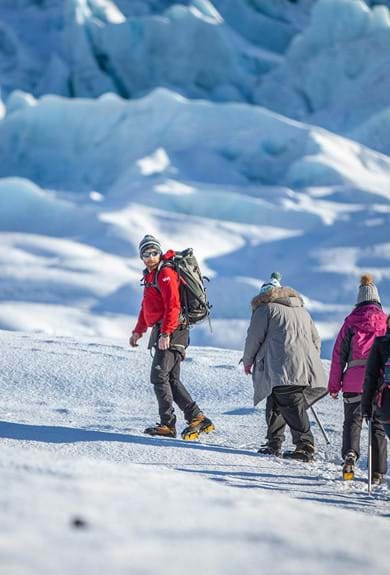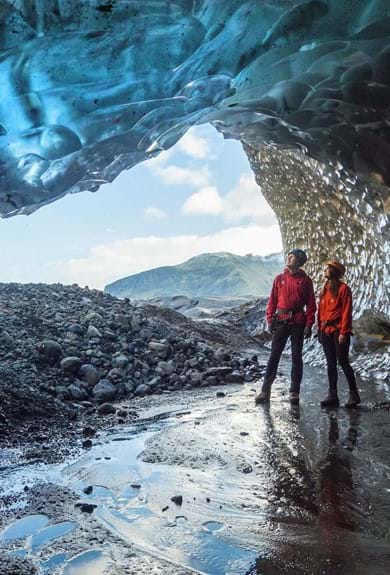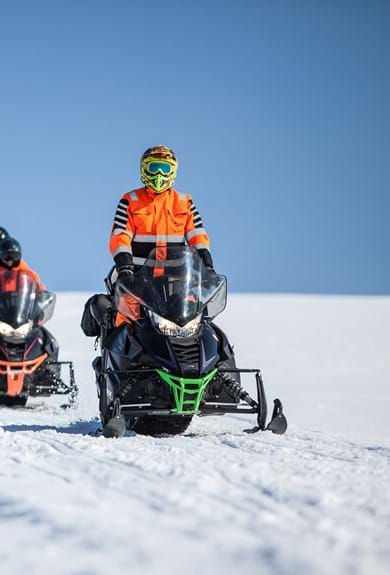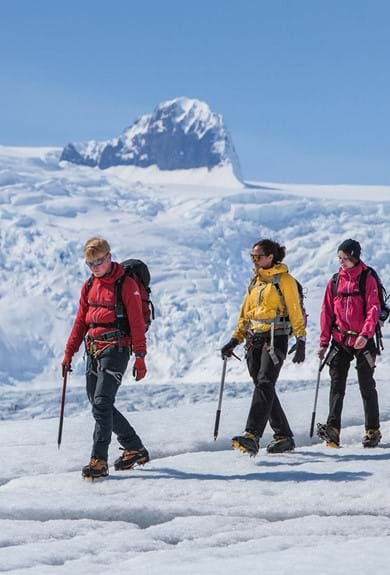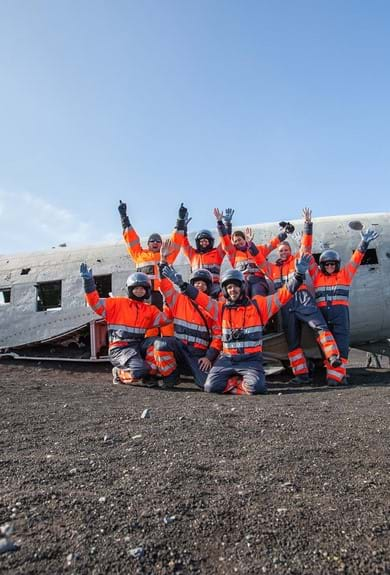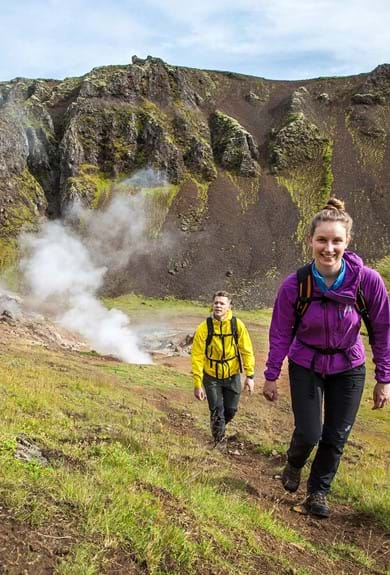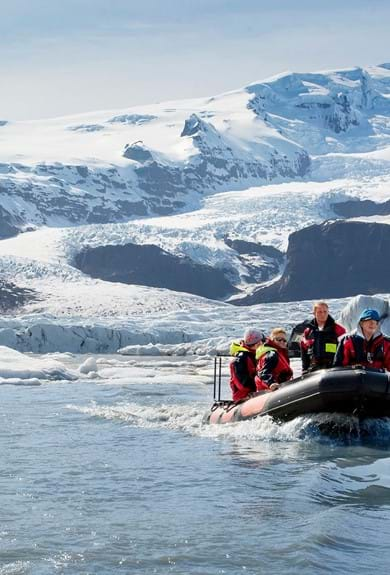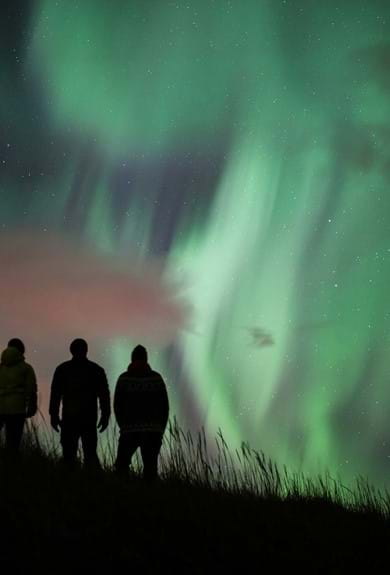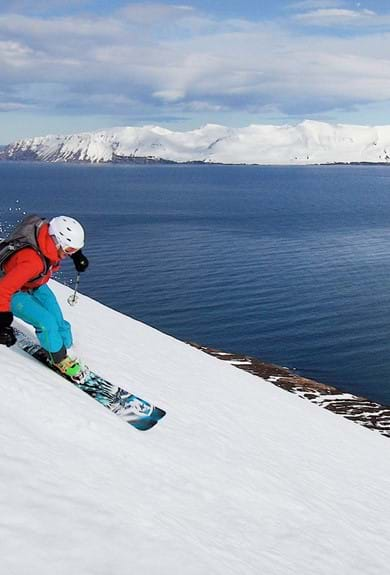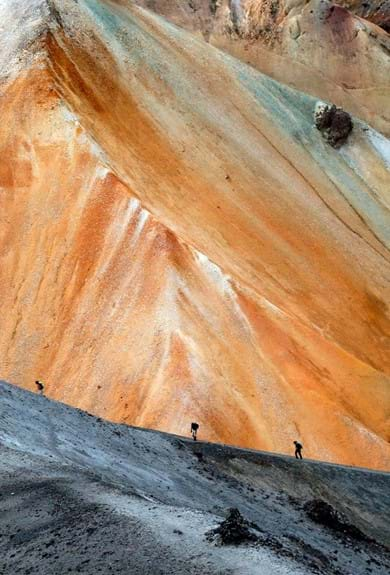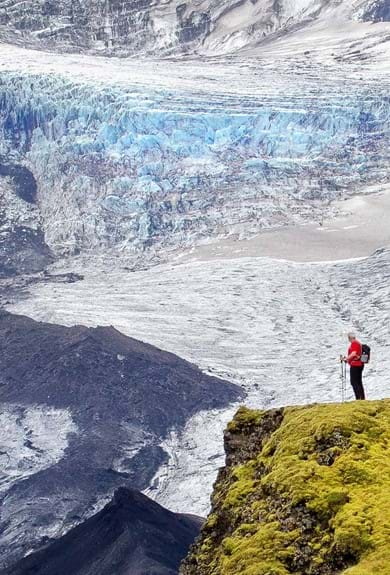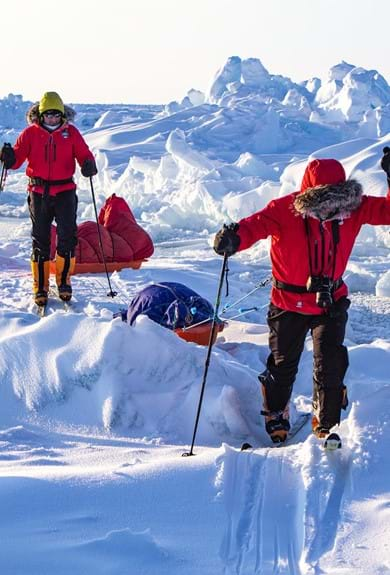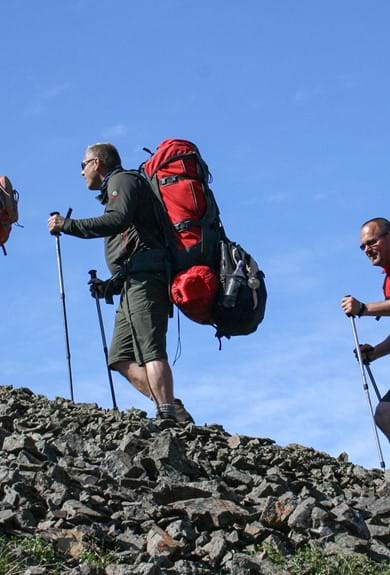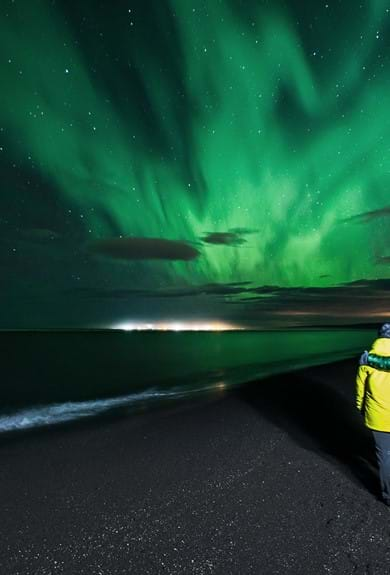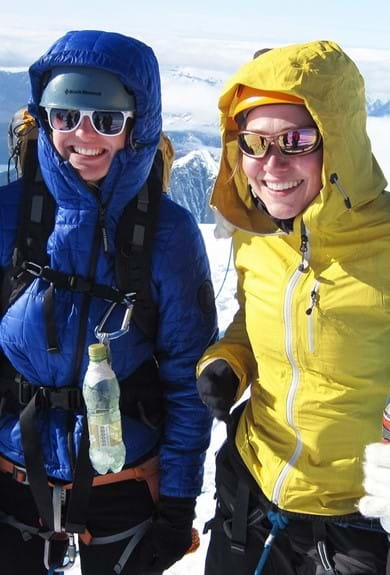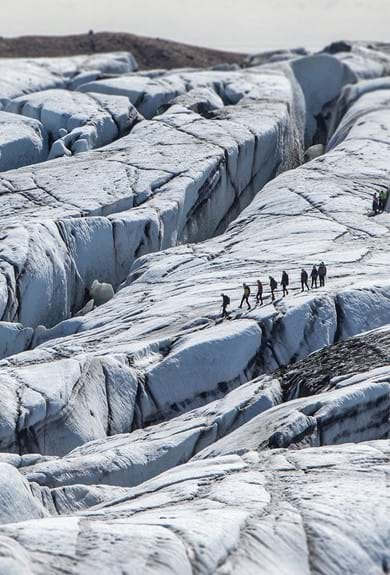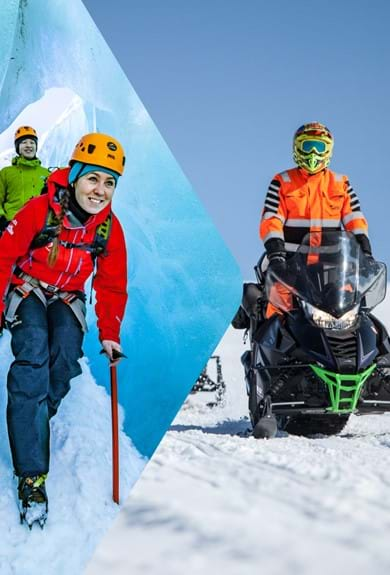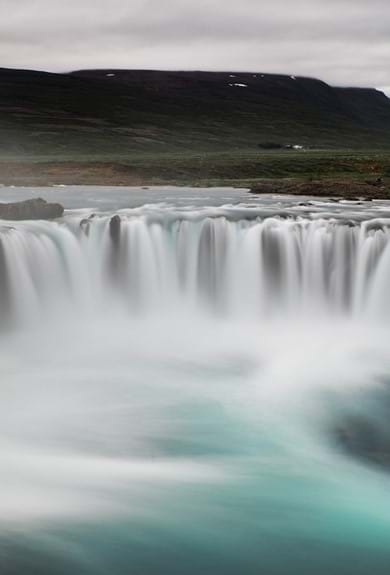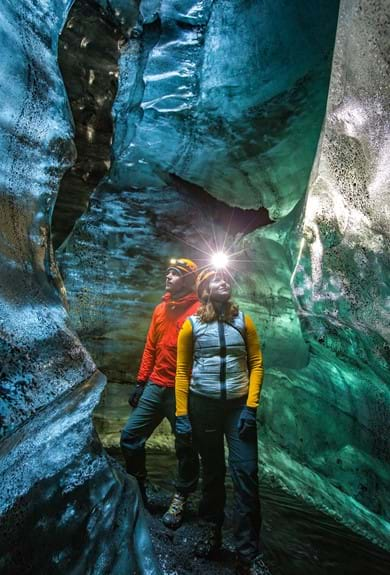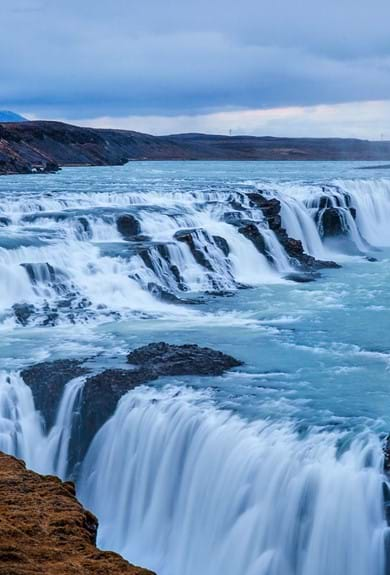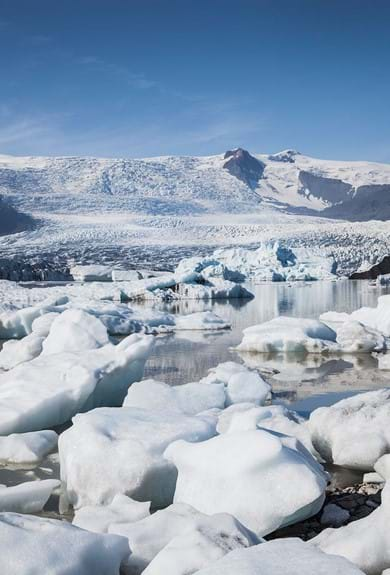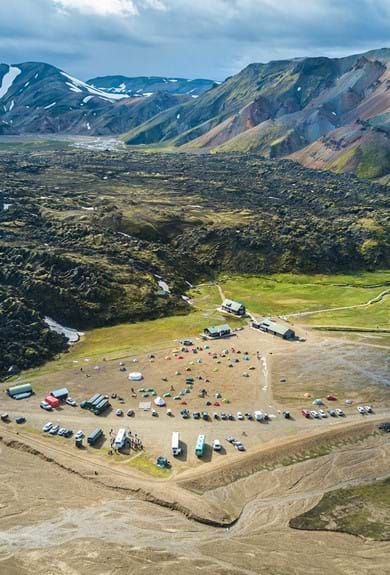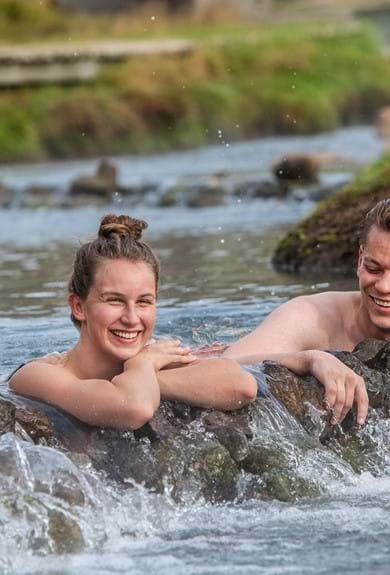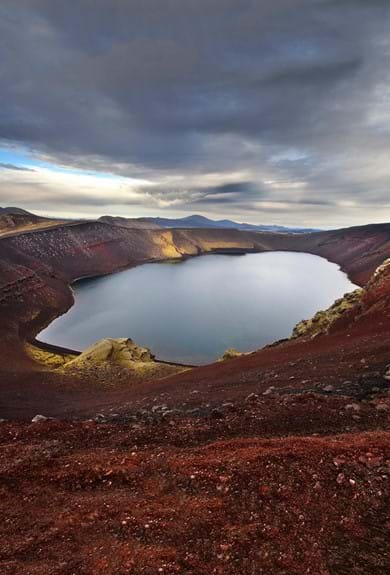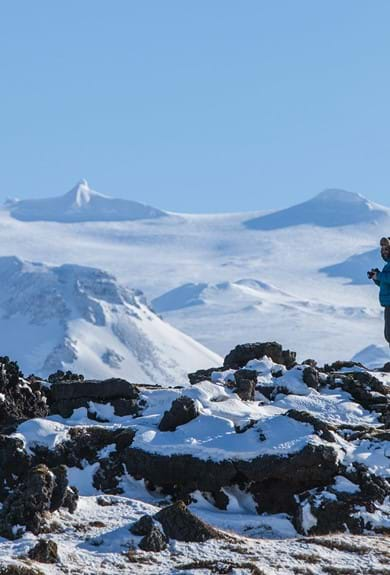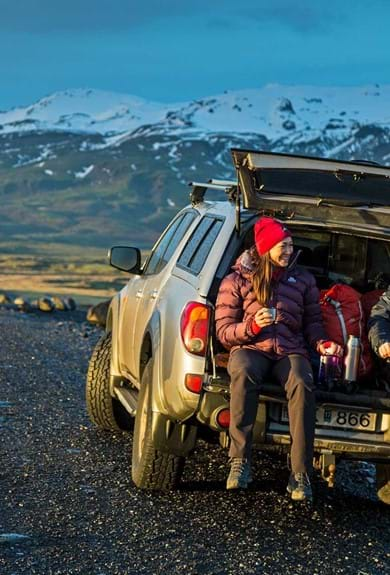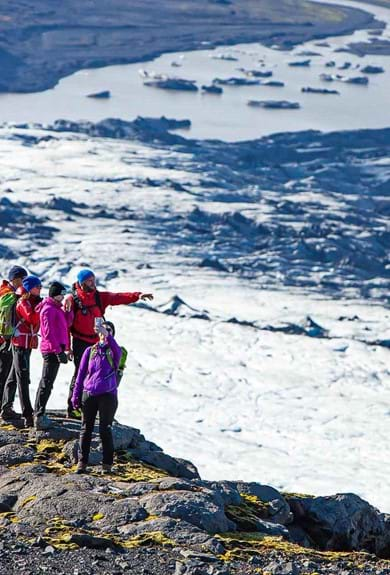A Students Perspective
Bjartur Týr was one of the guides that participated in the course. Here he is, in his own words:
Would you recommend the course?
I absolutely would recommend the course. It was an awesome experience and now I am much more prepared to take the next steps with leading and organising expeditions, and polar travel in general.
What was your favourite part of the course?
I would have to say that the best part of the course was the field experience where we undertook a mini expedition on the Vatnajökull, where we went to Esjufjöll and then down Breiðamerkurjökull, the glacier which gives the icebergs of the Glacier Lagoon. Implementing the skills we learned in the lecture-led part of the course was great. This took 4 days and three nights in total.
The last was great, when we got to use the kites. It’s so nice to travel a great distance and use little energy. It’s quite a strain to hold on to the kit as it takes you but it’s really a great experience!
How did it go with the navigation?
Yes, that was quite educational. Leifur just picked two of us to lead the group for half a day, and then we each took turns leading the group. To navigate, we would simply use GPS and compass. Since most of the people had mountaineering experience, this was something that we were used to. It was really nice how Leifur set us to be the leaders. It was pretty cool to lead a man like Leifur.
How did it go with packing all the food?
We had plenty of food, it’s very important to have plenty of food on a journey like this. We mostly ate dried food for dinner and some muesli in the morning. It’s very important to eat something that you really want to eat, and you eat a lot during the expedition, because you are are using so much energy.
And what about the gear?
The differences between the types of gear that you need for different environments is pretty interesting: in Iceland, you need something warm and waterproof at the same. In Greenland, you need something even warmer, and then in the South Pole you don’t really need anything waterproof because it never rains and it hardly snows, so you mostly just need something super warm like a very thick down jacket.
Take on the ultimate journey
Continuing in our pioneering tradition, it is through initiatives such Iceland’s first Polar Training Course that Icelandic Mountain Guides always innovates and offers a greater range of specialized services for aspiring expeditioners. Want more information about the next course? Don’t hesitate to contact us!
